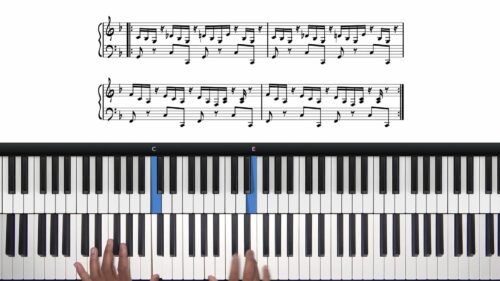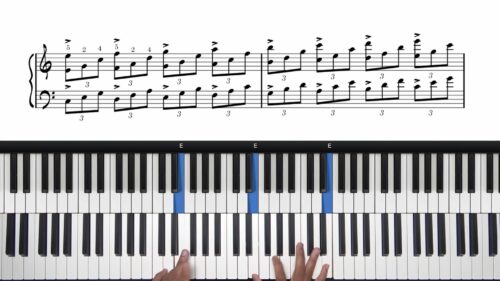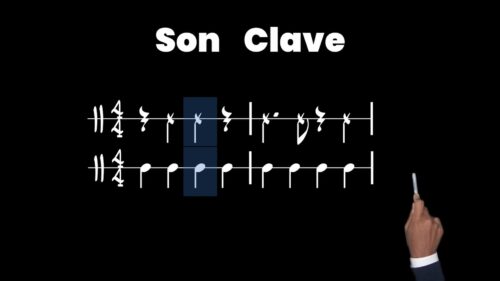Stabe vs. Unstable Syncopations
In this lesson we explore the concept of unstable syncopations. Unstable rhythmic patterns and structures are used in modern Cuban music to create a sense of unpredictability, tension, and excitement.
What Is Stable Syncopation?
So far in this course we have been playing only stable syncopations. A stable syncopation is a rhythm where the syncopated pattern repeats itself over and over. Elio starts by giving 2 examples of stable syncopations that we have explored in the previous lessons.
“Timba” Style Of Cuban Music
Modern Cuban musicians play around with the accents and phrasing to create an unstable feeling on the Tumbao. This style of playing is referred to as “Timba” which is a high form of danceable cuban music. Timba incorporates the feeling of the rumba and Afro-Cuban music and also incorporates the rhythmic nuances of the mambo and the cha-cha-cha.
Stable vs. Unstable Comparison
Elio demonstrates the difference between a stable syncopation and an unstable syncopation using a D7 chord. The stable version has a repeating syncopated pattern and Elio then moves the syncopations around by alternating the accented notes.
We finish by applying an unstable right hand part whilst keeping the typical bass pattern in the left hand.
Lesson Downloads
-
Stable Rhythm File Type: pdf
-
Unstable Rhythm File Type: pdf
Practice Tips
-
Before attempting to play unstable syncopations, make sure that you understand the fundamental rhythms and syncopated patterns used in Cuban music such as the clave and cascara.
-
Practice hands separately at first and then introduce an unstable right hand pattern over a typical left hand bass pattern.
-
Experiment with different dynamics and varying levels of intensity to make your playing more expressive and engaging.
-
Immerse yourself in recordings that utilise unstable rhythms. Try to emulate their style and feel in your own interpretations.







